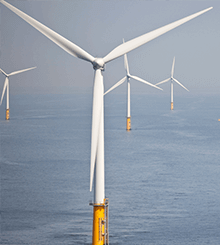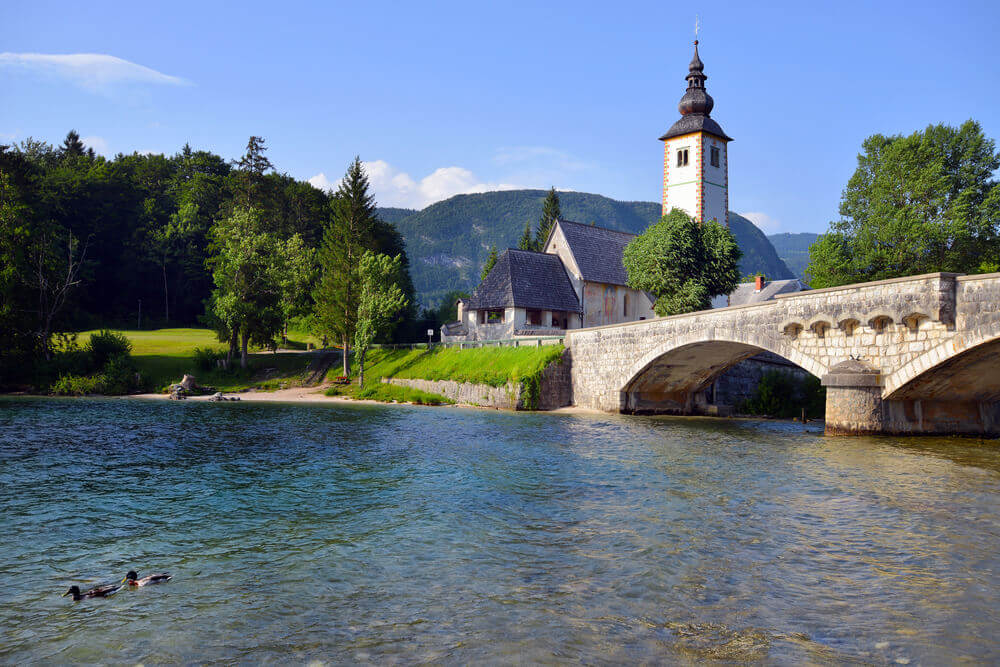Offshore Wind Attracting a Variety of Investor Groups

The wide range of investment entry points in offshore wind has attracted a diversified group of investors that span from strategic industrial players to passive financial investors. We spoke to Christine Brockwell, Managing Director and Head of Corporate Development at Global Capital Finance, who gave us the inside track on the exciting investment opportunities available in this sector.
Financial investors seeking cash yield are increasingly turning to renewables to meet their investment objectives. And, for large investors, offshore wind is one of the most attractive.
Offshore wind offers an opportunity for significant investment size — upwards of €250m — through a single asset, and often with far less deal complexity than is inherent in comparable size portfolio deals. Institutional investors will also find that offshore wind is an established market that is making significant strides towards maturity through cost reduction initiatives such as the commercialisation of larger wind turbines.
PGGM (Walney 1&2, Baltic 2) and PKA (Butendiek, Gode Wind 2) are two of the more active institutional investors in offshore wind that have successfully closed transactions during the construction phase of the project lifecycle.
Construction stage investments come in all shapes and sizes. Some offshore wind project sponsors see value in forming partnerships with financial investors to share the construction risk, and others prefer to take the construction risk while sharing the construction cost for a higher sales price premium. In the latter case, the sponsor takes responsibility for cost overruns while the financial investor makes stage payments through the construction phase.
The market has seen a variety of deal structures such as forward-purchase agreements, fixed-cost schedules and EPC wraps developed by parties that find it mutually beneficial to participate during the construction phase but do not necessarily want to share all the risk.
Investors willing to take on more risk for strategic reasons are also increasingly more active in the sector. Independent power producer Northland Power (Gemini, Nordsee 1,2,3) invested during the development stage to have contractual influence and Japanese trading house Marubeni (Westermost Rough) invested relatively early to gain sector know-how that will give them a competitive edge when Japan’s offshore wind market takes off.
The European market has more than ten projects where construction is due to start during the next few years. The main sponsors of these opportunities include Dong Energy and ScottishPower Renewables. The general market understanding is that these parties seek partners through considerably different deal structures.
Operating asset transactions are generally more straightforward and center on PPA and O&M structures, terms and conditions. For the more conservative financial investors active in the UK, route-to-market PPAs with caps and floors have been struck, while others have chosen to take electricity price risk and forego a floor price. Given the multiple entry points for investment, there is a steady stream of opportunities coming from this niche market within the renewables space. Now that the Netherlands, Belgium and France are gaining momentum, the market has never offered more opportunity.
There is not ‘one’ structure that developers consistently use. Offshore wind is a small enough market that serious investors can meet with the key offshore wind developers to help shape the offering toward a preferred structure.




















